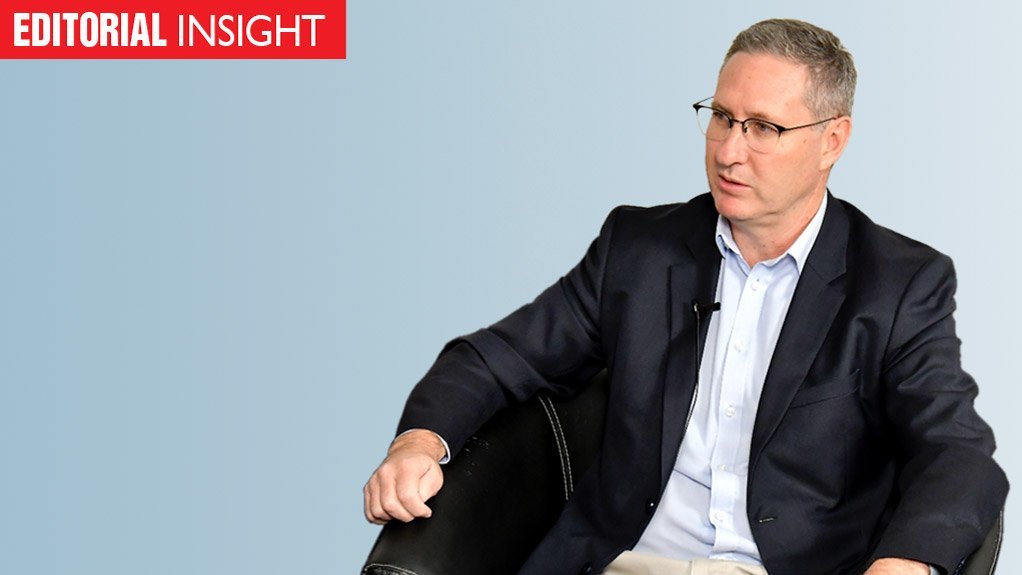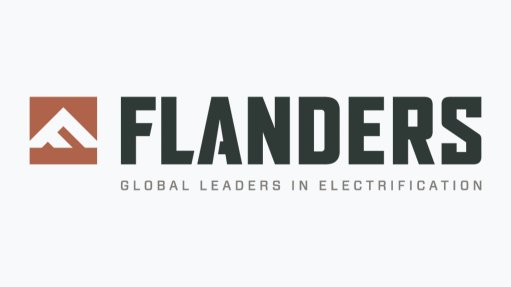Debt compact?
For some time now, Eskom has been arguing that its debt load, which stood at R484-billion at the end of March, could only be considered sustainable if it were reduced to less than half that level, or to around R200-billion.
Until then, the State-owned utility’s going-concern status could be maintained only through ongoing injections from the taxpayer. During the 2020 fiscal year, that injection stood at R49-billion and for the 2021 and 2022 fiscal years allocations of R56-billion and R33-billion respectively have already been announced by Finance Minister Tito Mboweni.
Currently, the utility is unable to generate sufficient cash to cover even the interest on its debt, an unhappy reality that was yet again reflected in the group’s much-delayed financial results, when it reported a net loss of R20.5-billion for 2020. This loss followed on from a similar lossmaking performance in 2019 and is set to be repeated in the current financial year to March 31, 2021.
Eskom reported earnings before interest, taxes, depreciation and amortisation of R37-billion and an operating profit of R9-billion on the back of higher tariffs, with sales falling during the period, owing to load-shedding and weak demand. Net financing costs more than wiped out that profit, however, rising to R31.3-billion, from R27.7-billion, while its loss on embedded derivatives rose to R4.5-billion from R3.4-billion.
Eskom faces debt-servicing costs of R96-billion during its current financial year, which translates into payments equivalent to R2-billion a week. These costs would reduce to R70-billion in the 2022 financial year and plateau to an average yearly rate of R60-billion from 2023 to 2025.
Debt repayments have surged to become Eskom’s second- largest cost item, after primary energy, and are now also dwarfing capital expenditure, which has fallen from a peak of R56-billion in 2017 to R23-billion in 2020.
Attention is thus turning to whether a debt solution can be found through the framework provided by an Eskom compact reached at the National Economic Development and Labour Council (Nedlac) in September. Under the compact, government, community, labour and business agreed to “mobilise funding to address Eskom’s financial crisis in a sustainable manner”.
The issue itself has been bubbling under for years, with a serious study of the debt-relief options having already taken place early in 2020. The study was triggered after the Congress of South African Trade Unions proposed reducing the utility’s debt using a special-purpose vehicle involving, among other financing mechanisms, funds falling under the Government Employees Pension Fund.
Eskom CEO Andre de Ruyter expressed excitement earlier this month about the ‘Eskom Compact’ agreed at Nedlac and said he was “eagerly anticipating the further development and implementation of this potential structural solution to Eskom’s debt”.
Far less eager are the rest of us, particularly given that all the remedies to date have had painful implications for both consumers and taxpayers. That said, this can has been kicked down the road for far too long and it needs to be picked up once and for all.
Article Enquiry
Email Article
Save Article
Feedback
To advertise email advertising@creamermedia.co.za or click here
Press Office
Announcements
What's On
Subscribe to improve your user experience...
Option 1 (equivalent of R125 a month):
Receive a weekly copy of Creamer Media's Engineering News & Mining Weekly magazine
(print copy for those in South Africa and e-magazine for those outside of South Africa)
Receive daily email newsletters
Access to full search results
Access archive of magazine back copies
Access to Projects in Progress
Access to ONE Research Report of your choice in PDF format
Option 2 (equivalent of R375 a month):
All benefits from Option 1
PLUS
Access to Creamer Media's Research Channel Africa for ALL Research Reports, in PDF format, on various industrial and mining sectors
including Electricity; Water; Energy Transition; Hydrogen; Roads, Rail and Ports; Coal; Gold; Platinum; Battery Metals; etc.
Already a subscriber?
Forgotten your password?
Receive weekly copy of Creamer Media's Engineering News & Mining Weekly magazine (print copy for those in South Africa and e-magazine for those outside of South Africa)
➕
Recieve daily email newsletters
➕
Access to full search results
➕
Access archive of magazine back copies
➕
Access to Projects in Progress
➕
Access to ONE Research Report of your choice in PDF format
RESEARCH CHANNEL AFRICA
R4500 (equivalent of R375 a month)
SUBSCRIBEAll benefits from Option 1
➕
Access to Creamer Media's Research Channel Africa for ALL Research Reports on various industrial and mining sectors, in PDF format, including on:
Electricity
➕
Water
➕
Energy Transition
➕
Hydrogen
➕
Roads, Rail and Ports
➕
Coal
➕
Gold
➕
Platinum
➕
Battery Metals
➕
etc.
Receive all benefits from Option 1 or Option 2 delivered to numerous people at your company
➕
Multiple User names and Passwords for simultaneous log-ins
➕
Intranet integration access to all in your organisation




















